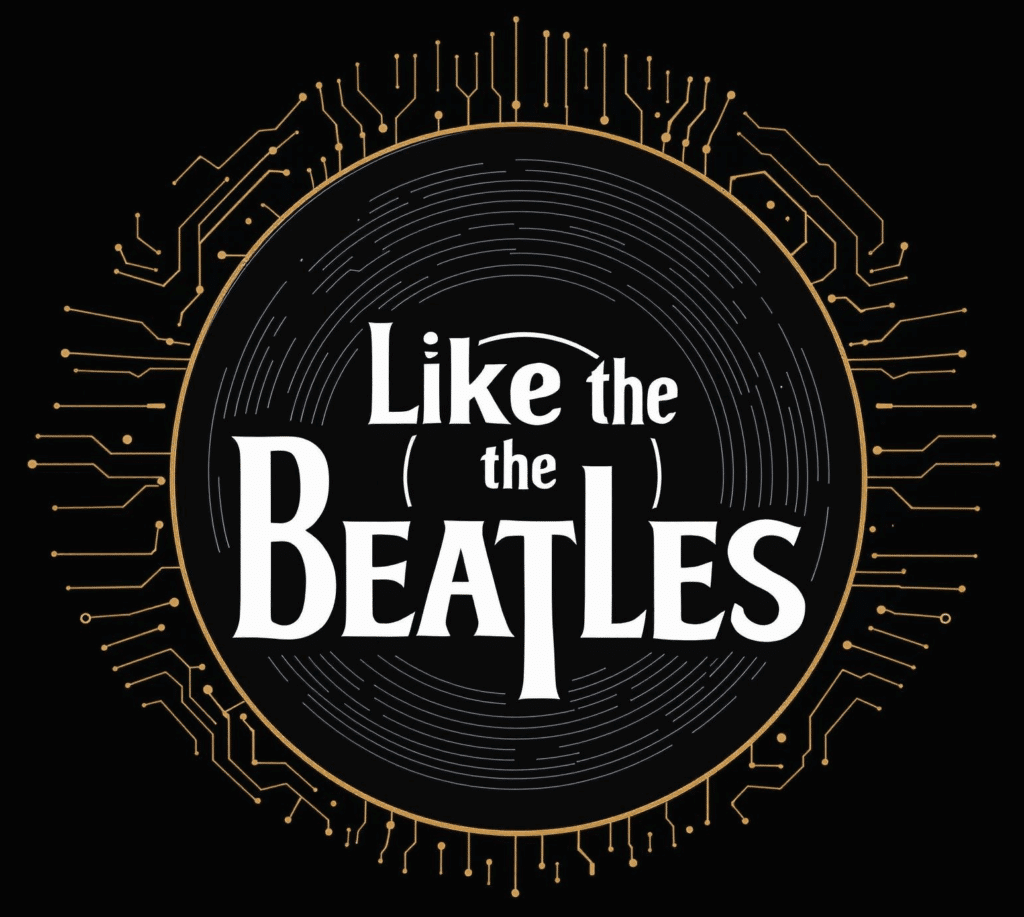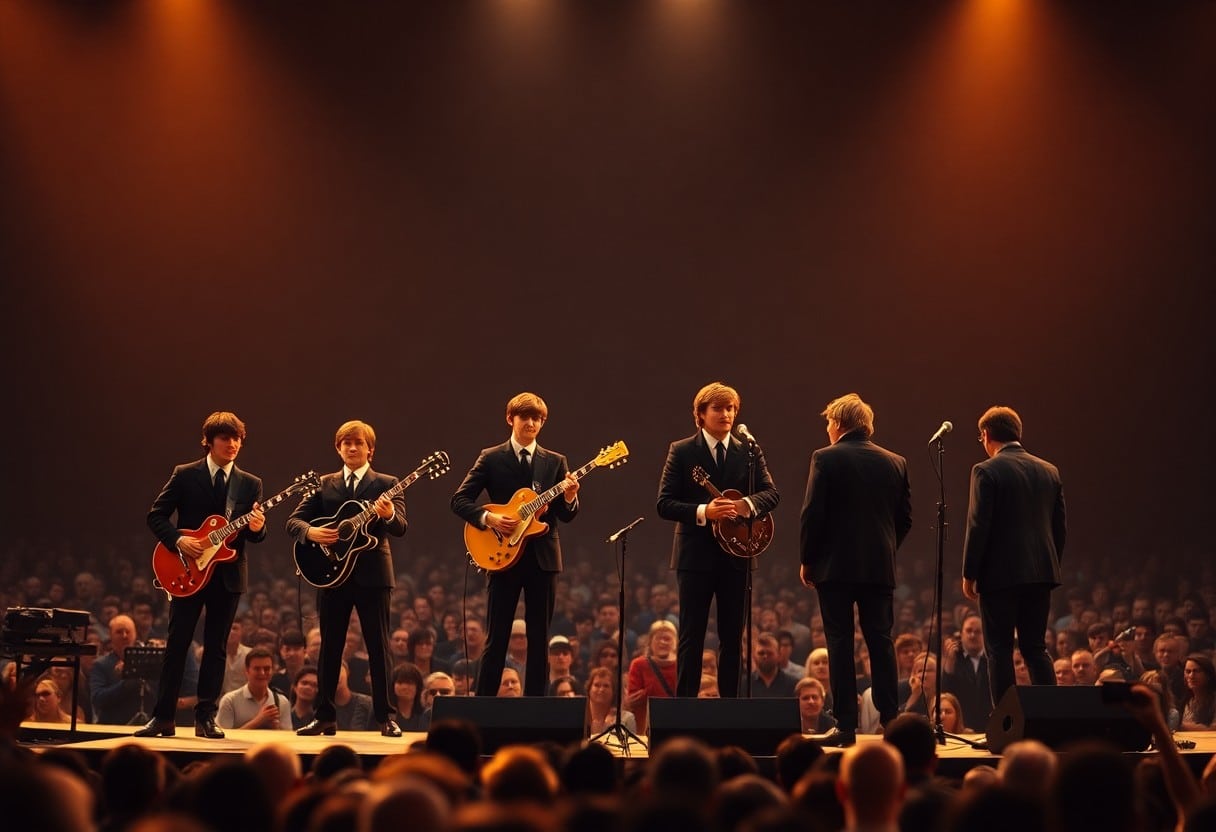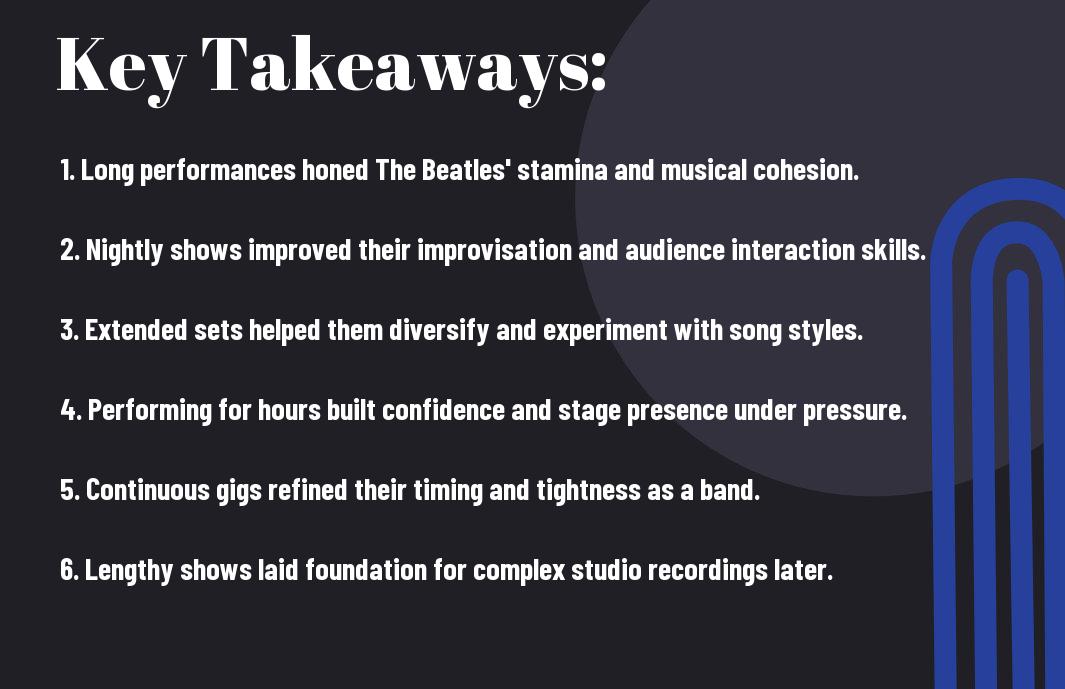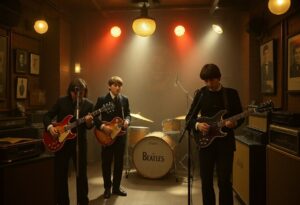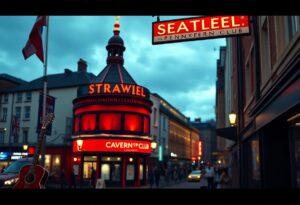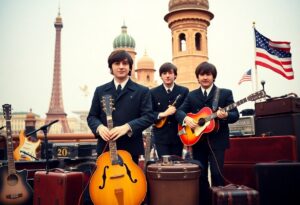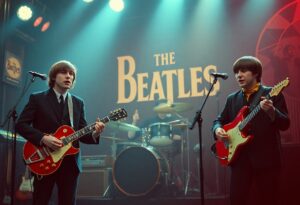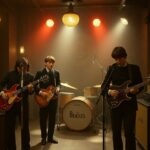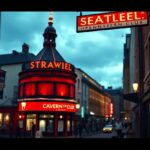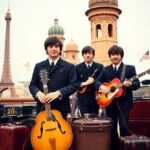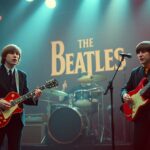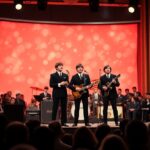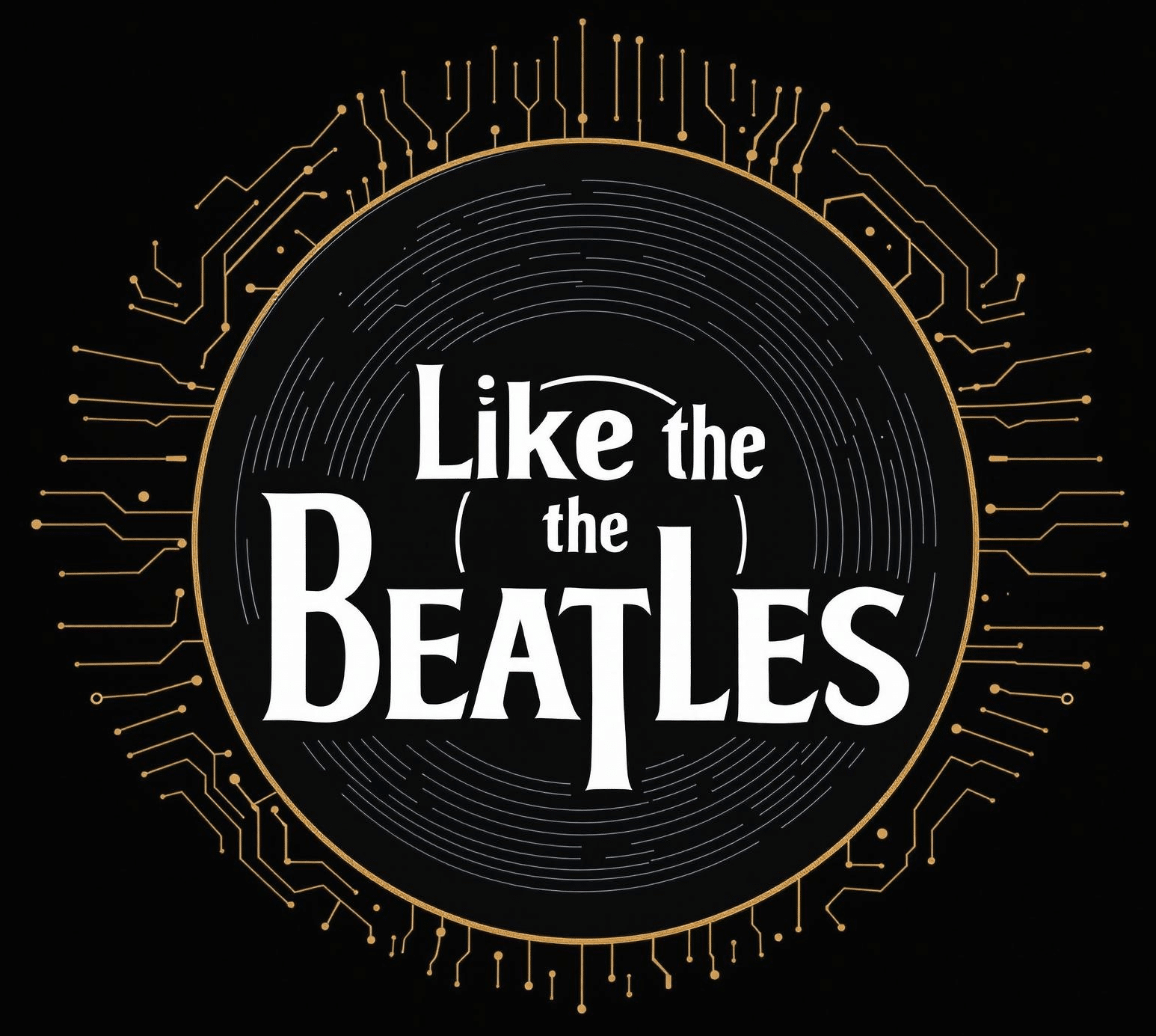Performances were pivotal in shaping The Beatles into the legendary band we know today. I will discuss how their long sets in clubs honed their musical skills, allowing creativity and experimentation to flourish. You’ll discover how these marathon gigs not only tested their endurance but also prepared them for the intense scrutiny of global fame. As you explore this journey with me, you’ll see how these lengthy performances forged their identity and helped them cultivate their signature style, ultimately leaving a lasting impact on the music world.
The Early Years: Beginnings of Long Performances
Your introduction to the world of The Beatles begins with their formative years in Liverpool, where long performances became a defining aspect of their artistic growth. These extended sets initially served to hone their craft, allowing them to experiment with sound, style, and audience engagement. As they played in various venues, their performances consistently shaped their musical identity, laying the groundwork for the groundbreaking band they would become.
The Liverpool Scene
An invigorating atmosphere characterized the Liverpool scene in the early 1960s. The city buzzed with energy, thanks to a mixture of rock and roll, skiffle, and local talent. The Beatles emerged from this vibrant backdrop, captivated by their surroundings and eager to showcase their growing repertoire as they embraced the challenge of long performances.
The Cavern Club Experience
Against the backdrop of the iconic Cavern Club, The Beatles perfected their long performance style, playing over 300 gigs in this legendary venue. This experience provided a testing ground for their musical abilities, from their tight harmonies to playful stage presence. With dim lighting, a cramped atmosphere, and a rabid local audience, I can attest that these sets allowed them to adapt and innovate, preparing them for the explosive popularity that lay ahead.
Hence, the Cavern Club not only helped shape The Beatles’ evolving sound but also taught them invaluable lessons about engaging with their audience. Each three to four-hour set pushed them to explore their limits while building a fervent fanbase. Undoubtedly, the intensity of these performances prepared them for the unprecedented success that awaited them as they transitioned from local acts to international icons.
The Transition to Professionalism
Assuming they had begun their journey as a local band, The Beatles quickly realized the importance of professionalism in the music industry. Their early performances in Liverpool and Hamburg, characterized by long sets, forced them to refine their skills and adapt to different audiences, shaping them into the globally recognized icons they later became.
First Major Tours
Between 1963 and 1966, The Beatles initiateed on their first major tours, performing both in the UK and internationally. These tours were pivotal, as they provided extensive exposure and experience, propelling their fame and enabling them to connect with fans in a unique, electrifying way.
Long Performances and Band Dynamics
Before their breakthrough album, The Beatles spent countless hours on stage, playing long sets that tested their endurance and resilience. This intense performance schedule shaped not only their musical prowess but also their interpersonal relationships within the band.
But the long performances were not without challenges. They fostered a strong sense of unity among the band members, pushing them to support one another through grueling schedules. This environment sometimes led to tension and disagreements, as the pressure to perform consistently weighed heavily. However, it was during these lengthy shows that I observed the growth in their musical chemistry, which became necessary in crafting their iconic sound. As they navigated the highs and lows together, the band solidified their collective commitment to their craft.
The Influence of Long Performances on Creativity
After considering the evolution of The Beatles, it’s clear that their extensive live performances played a significant role in enhancing their creativity. These long shows not only showcased their burgeoning talents but also encouraged experimentation with their setlist, enabling them to explore various musical styles and arrangements. This atmosphere of creativity and spontaneity ultimately fueled their groundbreaking work in the recording studio.
Songwriting Evolution
On examining their early career, I notice that The Beatles’ songwriting evolved markedly through their long performances. Initially relying on covers, they gradually introduced their original sounds, which became increasingly complex and innovative with each show, blending pop, rock, and folk influences.
Live Performances as a Testing Ground
Across their touring years, The Beatles used live performances as an necessary testing ground for their new material. This real-time feedback from enthusiastic audiences helped them gauge song reception, refine lyrics, and adapt arrangements.
Also, I find it fascinating how The Beatles could gauge audience reactions during live performances. They would often tweak songs based on immediate feedback, something that allowed them to refine their craft quickly. If a new track didn’t resonate with the crowd, they could return to the studio with insights on what worked and what didn’t. This iterative process fostered a unique bond with their fans while also encouraging them to take artistic risks, leading to groundbreaking hits that defined their legacy.
The Impact of Long Performances on Fan Engagement
For The Beatles, long performances forged a deeper connection with their audience, transforming fleeting fans into loyal supporters. The band’s marathon shows allowed ample time for their charismatic stage presence to shine, leading to a palpable energy exchange. As fans reveled in extended sets filled with diverse musical styles, they developed an emotional investment in the band, encompassing both their music and personalities.
Building a Dedicated Fan Base
Above all, the length of their performances gave fans a chance to immerse themselves in The Beatles’ artistry. The extensive sets meant there was something for everyone, from ballads to rock anthems, creating a sense of community among attendees. This collective experience fostered a devoted fan base eager to follow the band’s journey, further fueling their success.
The Shift in Audience Expectations
To a great extent, long performances shifted audience expectations in the 1960s. Fans began to anticipate not just a collection of hits, but immersive shows that showcased the band’s versatility and creativity. They sought not only entertainment but also a deeper connection with the artists, and The Beatles delivered through engaging interactions and varied setlists.
Expectations evolved as audiences began demanding more than short, standard performances. They craved experiential concerts, where every song was an opportunity for engagement and excitement. The Beatles understood that by stretching the length and variety of their live shows, they could create an unforgettable atmosphere that kept fans coming back for more. As a result, their extended set lengths became the norm, effectively reshaping the live music landscape and setting a new standard for future artists to follow.
The Shift in Approach: From Long Sets to Studio Innovation
To understand the evolution of The Beatles, we must recognize their transition from extensive live performances to innovative studio experimentation. As their fame skyrocketed, they began to realize that the studio offered a new creative canvas. No longer confined to the limitations of live sets, they harnessed the potential of recording technology, allowing them to push artistic boundaries and redefine musical expression.
Decline of Live Performances
Decline in live performances came as The Beatles grew weary of endless touring and the demands of their fans. The chaotic concert environment, coupled with the challenges of achieving a balanced sound amidst screaming audiences, led them to reconsider their approach. With the album “Revolver,” they signaled a clear departure from the stage, focusing more on studio work than live engagements.
The Experimental Phase in the Studio
To innovate in the studio, The Beatles commenceed on an experimental phase that transformed music production. This period saw them incorporating unconventional instruments, unique recording techniques, and diverse musical styles.
For instance, the use of backward tapes in “Rain,” the incorporation of Indian instruments in “Within You Without You,” and the layering of vocal harmonies and sound effects in “Sgt. Pepper’s Lonely Hearts Club Band” showcased their creative prowess. This adventurous spirit not only elevated their sound but also pushed the boundaries of what popular music could achieve, ultimately influencing countless artists in the years to come.
Legacy of Long Performances in The Beatles’ Narrative
Once again, I want to highlight how the long performances that The Beatles engaged in were not just a phase but a significant chapter in their legacy. They created a defining narrative that shaped their identity and thrust them into the spotlight, as chronicled in the The Beatles timeline. Their transformation through these shows influenced how they approached their artistry and defined their role in popular culture.
Lasting Influence on Future Artists
Legacy is the word that embodies The Beatles’ impact on generations of musicians who followed them. Their enduring style and performance approach paved the way for various art forms, inspiring countless artists to push boundaries and explore new avenues of creative expression.
Cultural Impact of Their Performance Style
Before I examine deeper, it’s important to realize that The Beatles’ performance style revolutionized live music. Their energetic presence and charm captivated audiences, creating an infectious atmosphere that was revolutionary for rock and pop performances. I can clearly see how their inclination to break from conventional performance standards encouraged a generation to embrace authenticity and theatricality in their own artistry.
Performances became a spectacle under The Beatles’ influence, as they introduced innovative staging and dynamic interactions with fans. The Beatles demonstrated that a live show could be more than just music; it could be a complete experience filled with visual elements and emotional engagement. This transformation not only amplified their music but significantly impacted how audiences perceived concerts, making them a cultural pillar that influenced all subsequent artists. Their blend of energy, personality, and musical diversity laid the groundwork for the evolution of live performances in the music industry, setting a standard that continues to inspire to this day.
Final Words
Hence, I believe that long performances played an integral role in shaping The Beatles’ evolution as musicians and artists. From their early days in Liverpool to their iconic shows in America, these extended sets allowed them to experiment, hone their skills, and connect deeply with their audience. You can see how each performance became a stepping stone, helping them innovate their sound and craft their legendary status. As a testament to their growth, those marathon sessions laid the groundwork for their later studio successes, showcasing the profound impact of live music on their artistic journey.
